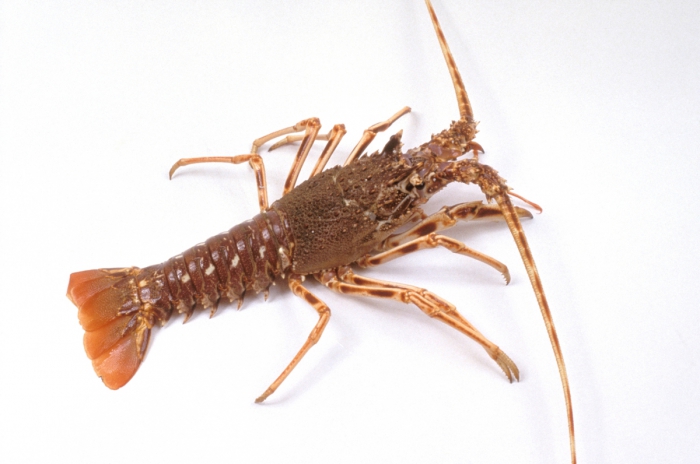
It is best to look at the head of the critters to see the difference. If the animal has scissors, it is a langoustine. If you see long antennae, you are dealing with a spiny lobster.
The spiny lobster or crayfish is the larger of the two. Like lobsters, crawfish have 10 legs, but no claws. The copies in the shop are usually around 20cm long and about five years old.
The Norway lobster or kidney eye lobster is somewhat smaller. It is another subspecies of the lobsters. Langoustines also have 10 legs, but the front legs end in large scissors. Their length varies between 15 and 25cm.





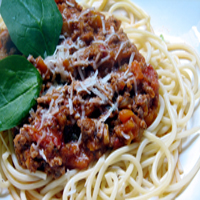
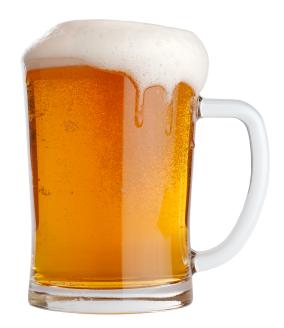




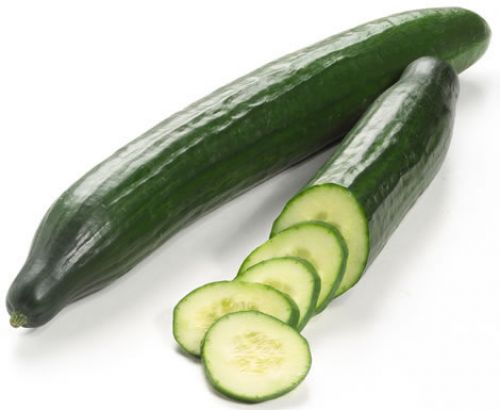 Did you know that cucumber is related to the melon?
Did you know that cucumber is related to the melon?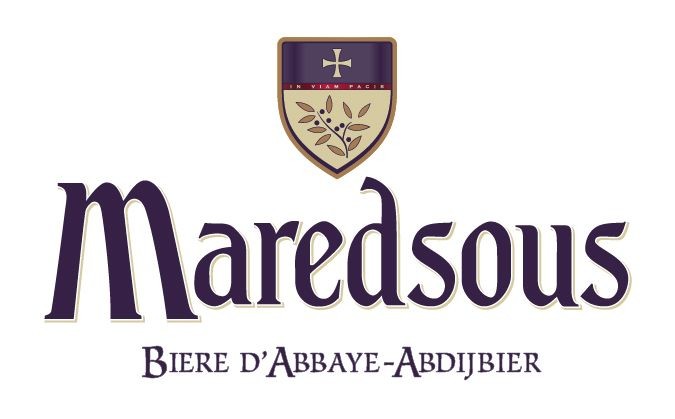 Because abbeys - even though they make delicious cheeses and beers - are not exactly the most interesting places to take children, the monks at Maredsous Abbey offer an interactive comic strip.
Because abbeys - even though they make delicious cheeses and beers - are not exactly the most interesting places to take children, the monks at Maredsous Abbey offer an interactive comic strip.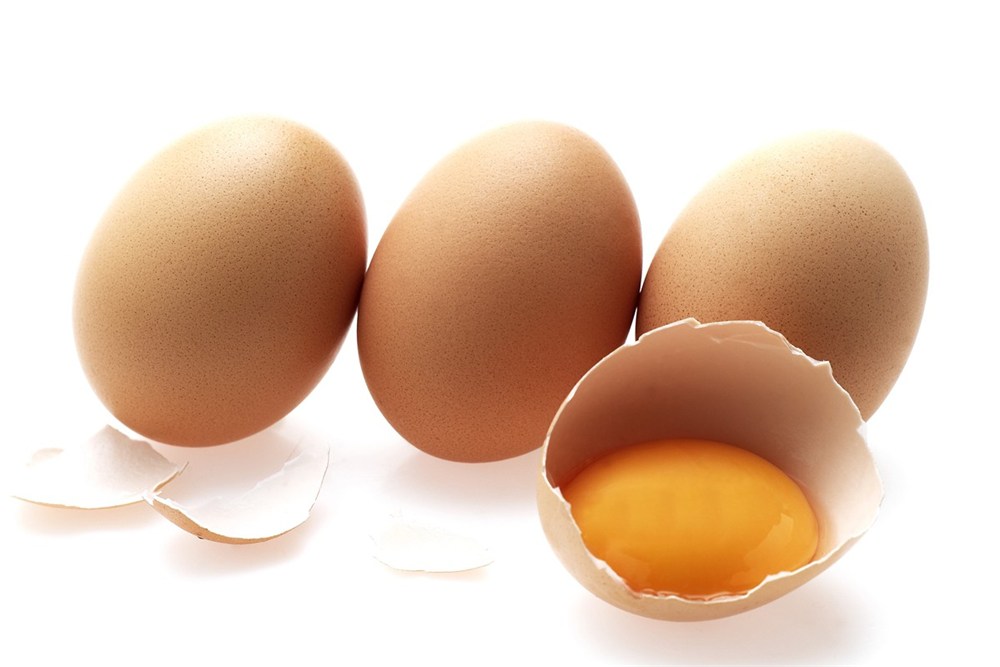 Each egg must have a stamp with at least 7 numbers.
Each egg must have a stamp with at least 7 numbers.